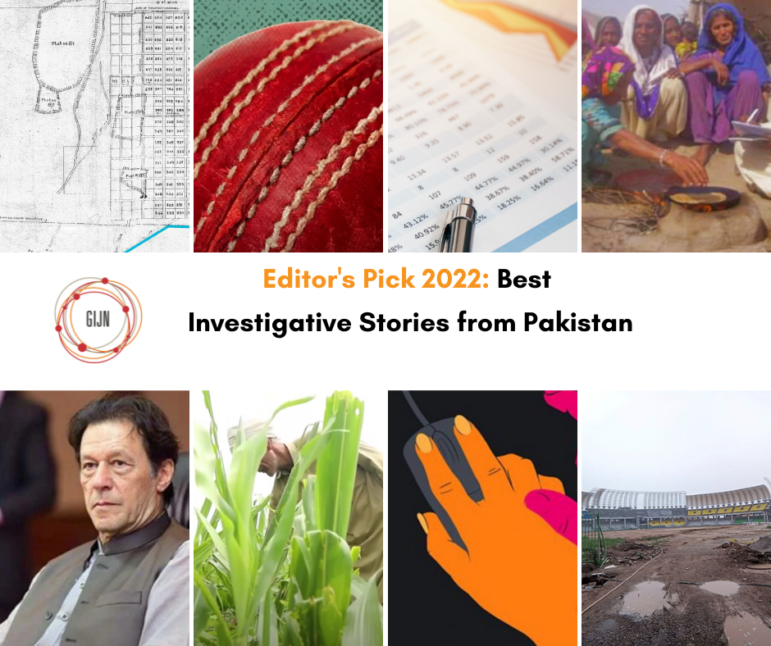
Case Studies
2022’s Best Investigative Reporting from Pakistan
GIJN’s Urdu editor, Amer Ghani, offers her editor’s picks for the best investigative reporting from Pakistan in 2022.

GIJN’s Urdu editor, Amer Ghani, offers her editor’s picks for the best investigative reporting from Pakistan in 2022.
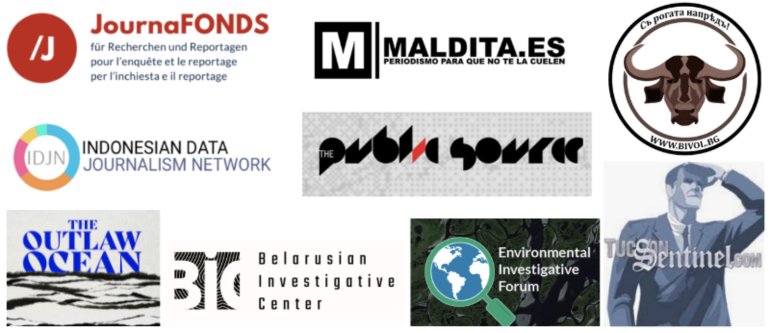
GIJN is delighted to welcome nine new member organizations – a diverse group of nonprofit newsrooms from eight countries that are bravely holding individuals and institutions to account in tough press environments. These admissions now grow GIJN’s global network to 244 member organizations in 90 countries.
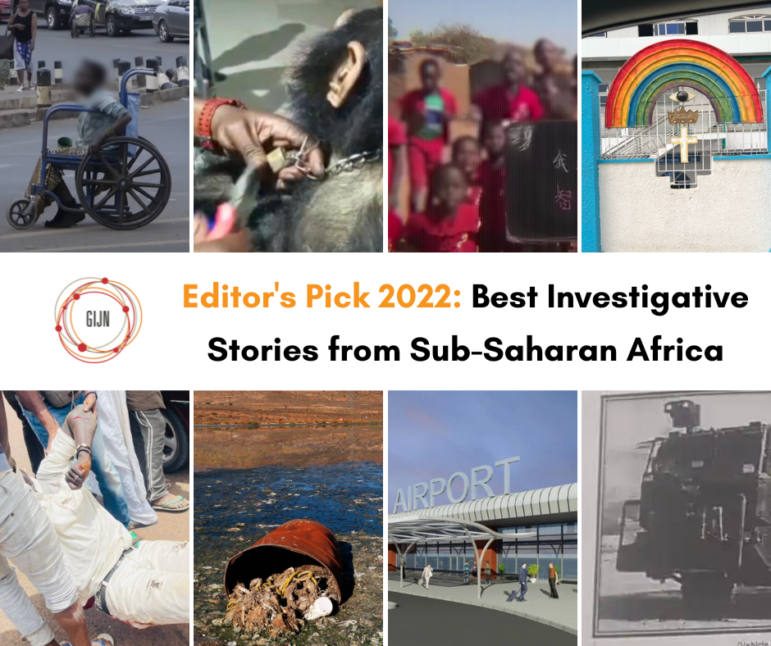
GIJN’s Africa editor, Benon Herbert Oluka, presents his Editor’s Picks for the best investigative reporting from sub-Saharan Africa in 2022, which demonstrated the curiosity, ingenuity, bravery, and technological know-how of Africa’s top investigative journalists and teams.
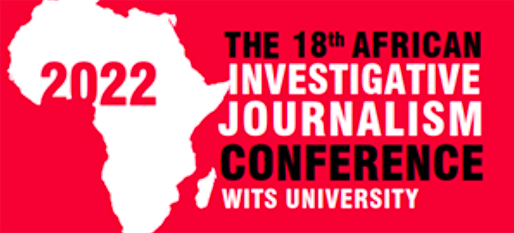
The largest-ever African Investigative Journalism Conference (#AIJC2022) drew 375 attendees from 51 countries to Africa’s premier muckraker gathering. The conference looked into how AI is driving a “third wave of journalism,” which new tools and resources are available to watchdog reporters, and showcased some of the world-class exposés being produced on the continent.
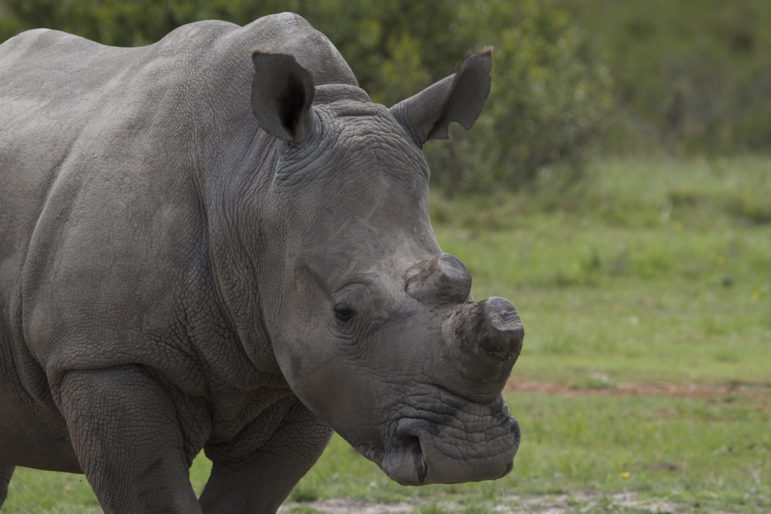
Investigative journalism of environmental issues has grown substantially in recent years in Africa, thanks to a number of new initiatives and reporting projects.
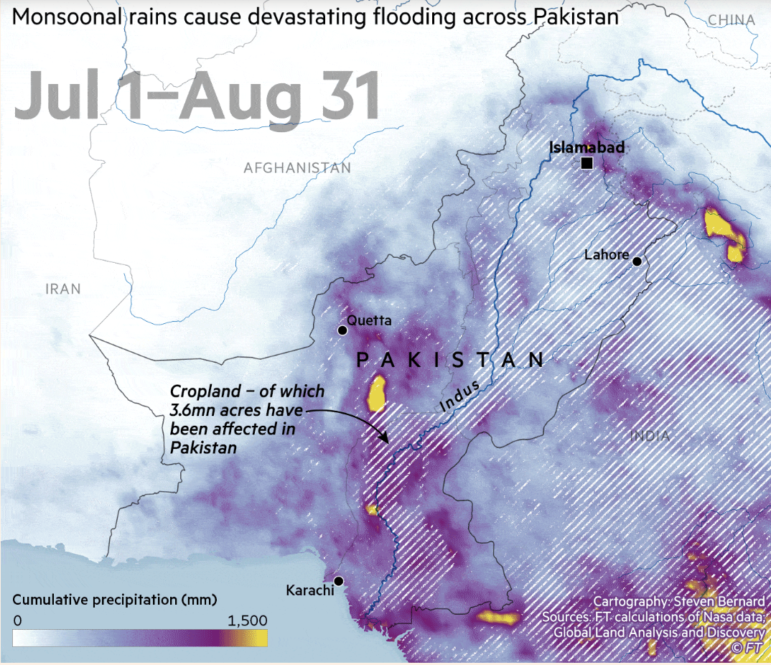
This week’s Top 10 in Data Journalism features the carbon footprint of celebrity jets, the unsanctioned destruction of the Amazon, secret documents seized from Trump, massive Pakistan flooding, and a look into the history of memes.

Eight investigative reporters share their current favorite tools and apps, for tasks ranging from social media search to locating prisoners, tracking the global supply chain, and uncovering Russian military recruiters.
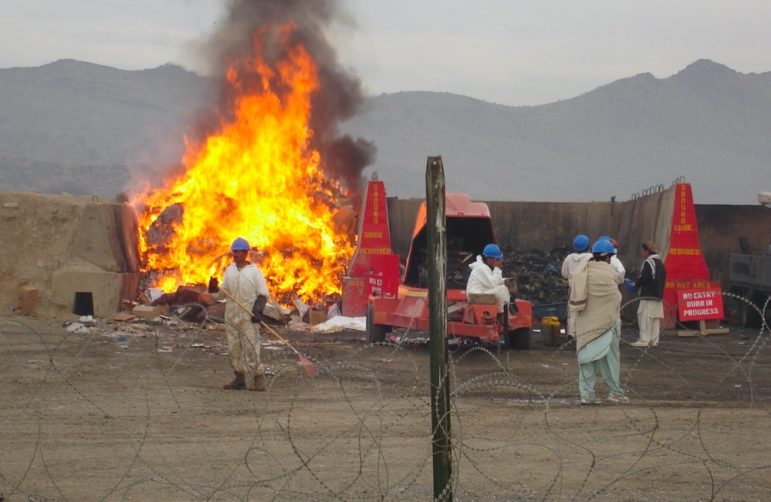
The reporter who first broke open the US military burn pits scandal and its hazardous environmental impact on veterans discusses how she reported the story and tracked its evolution to the halls of the US Congress.
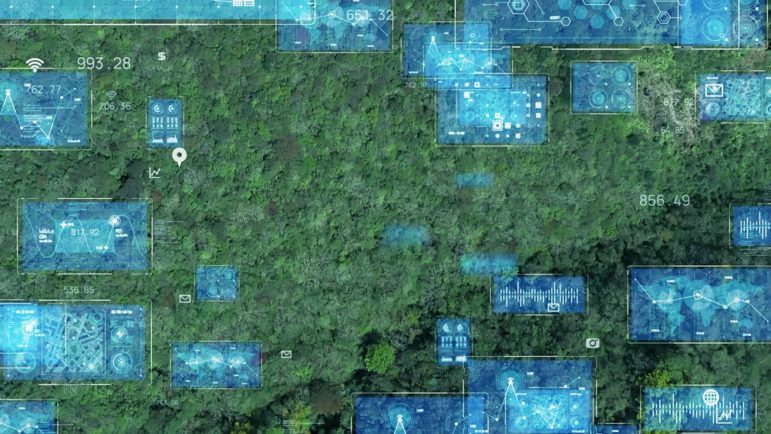
At the Pulitzer Center’s recent environmental investigative conference, Interconnected: Reporting the Climate Crisis, a panel of environmental reporters and designers explained how data and visualization can make environmental stories compelling.
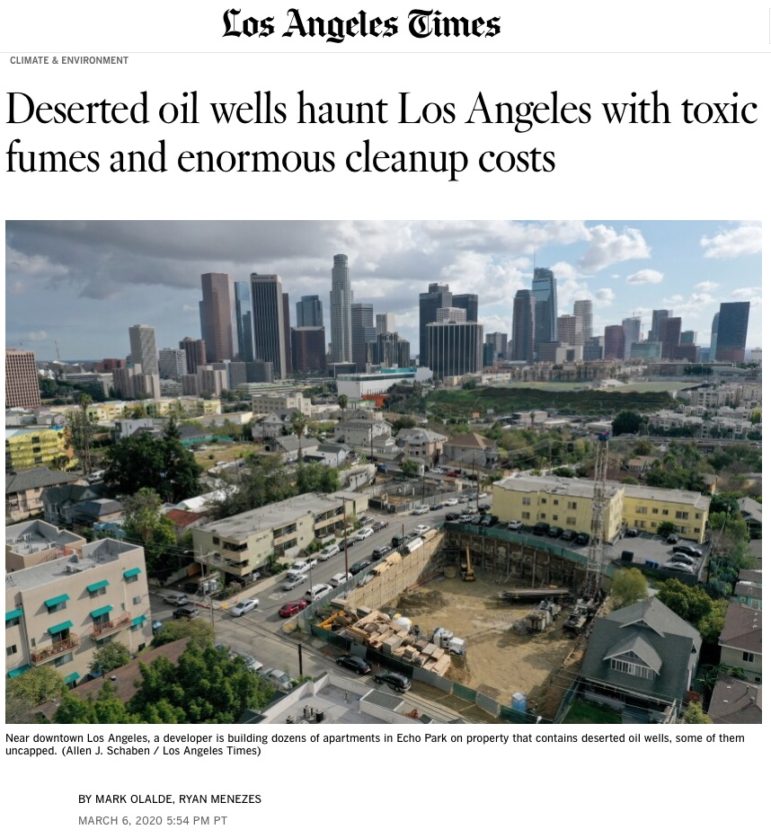
In a recent Q+A, environmental reporter Mark Olalde discussed a collaborative investigation on the impact of abandoned oil wells and other extractive industry infrastructure on nearby communities. The investigation won second place in the investigative reporting category at the awards of the Society of Environmental Journalists.